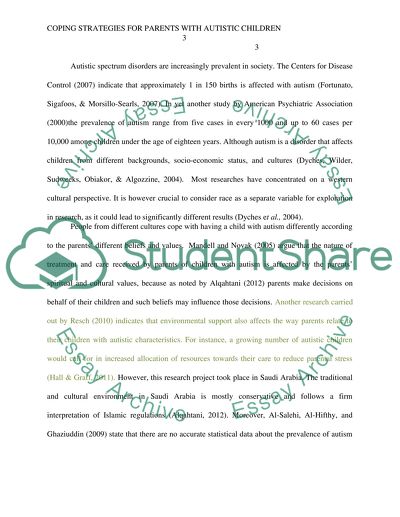Cite this document
(“Literature review of coping strategies of parents of children with Essay”, n.d.)
Literature review of coping strategies of parents of children with Essay. Retrieved from https://studentshare.org/psychology/1400506-literature-review-of-coping-strategies-of-parents
Literature review of coping strategies of parents of children with Essay. Retrieved from https://studentshare.org/psychology/1400506-literature-review-of-coping-strategies-of-parents
(Literature Review of Coping Strategies of Parents of Children With Essay)
Literature Review of Coping Strategies of Parents of Children With Essay. https://studentshare.org/psychology/1400506-literature-review-of-coping-strategies-of-parents.
Literature Review of Coping Strategies of Parents of Children With Essay. https://studentshare.org/psychology/1400506-literature-review-of-coping-strategies-of-parents.
“Literature Review of Coping Strategies of Parents of Children With Essay”, n.d. https://studentshare.org/psychology/1400506-literature-review-of-coping-strategies-of-parents.


